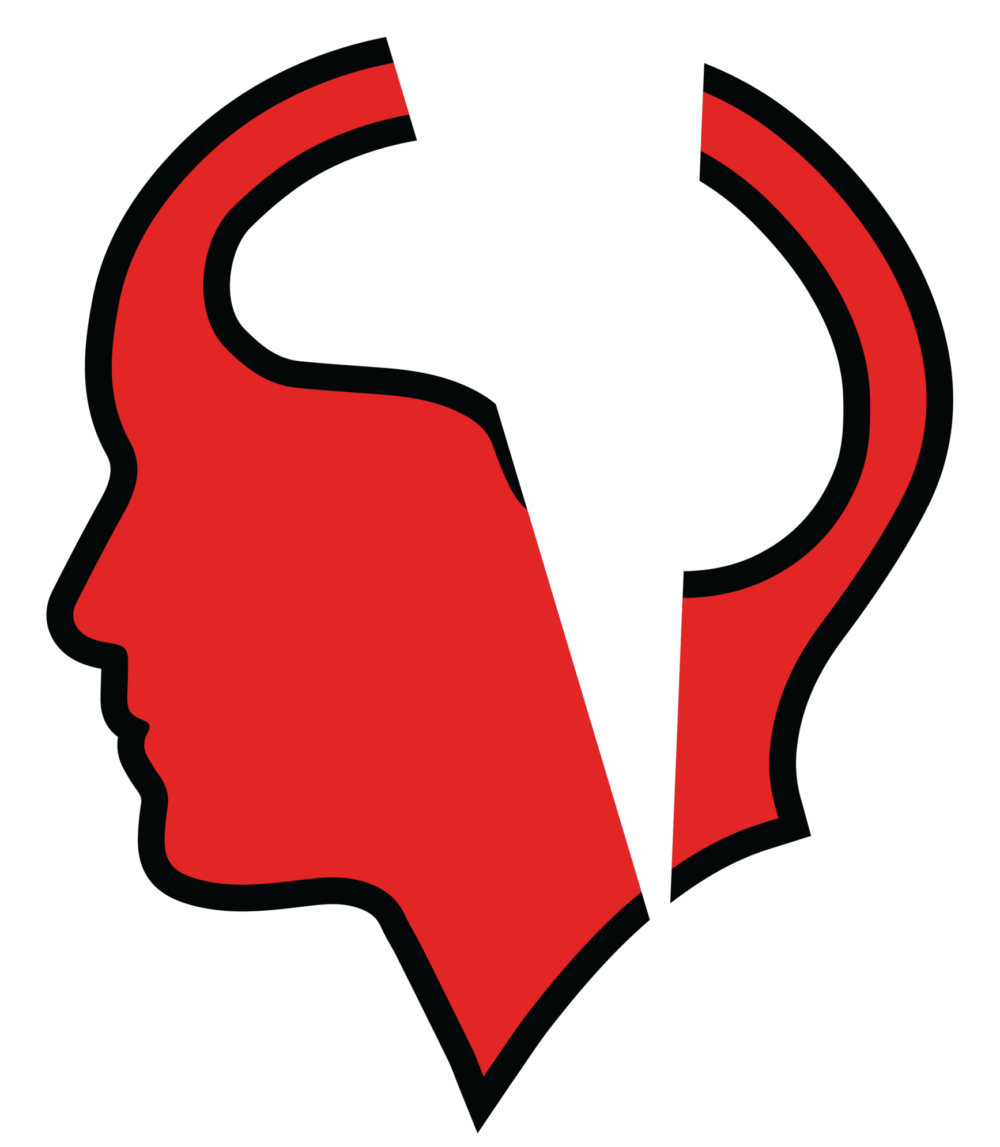Becoming a triathlete is a rewarding yet demanding journey that involves mastering three disciplines: swimming, cycling, and running. Here’s a step-by-step instructional guide on how to become a triathlete, inspired by the advice of experts in sports science like Dr. John den Boer:
Step 1: Assess Your Fitness Level
- Initial Assessment: Determine your current fitness level by consulting with a healthcare professional and undergoing a physical examination.
- Baseline Testing: Engage in baseline fitness testing for swimming, cycling, and running to understand your strengths and weaknesses in each discipline.
Step 2: Set Realistic Goals
- Short-Term Goals: Set achievable goals for each discipline, such as improving swimming technique or increasing cycling endurance over a few months.
- Long-Term Goals: Define your long-term aspirations, such as completing a specific triathlon distance within a certain time frame.
Step 3: Gear Up
- Essential Equipment: Purchase or borrow essential gear, including a swimsuit, road bike, running shoes, and a triathlon suit.
- Quality and Fit: Ensure all equipment is of good quality and fits well to avoid discomfort and injuries.
Step 4: Develop a Training Plan
- Hire a Coach: Consider hiring a coach who specializes in triathlons to create a personalized training plan based on your fitness level and goals.
- Training Phases: Incorporate different phases in your training plan, such as base building, build phase, and taper phase before a race.
Step 5: Master Each Discipline
- Swimming: Start with technique-focused swimming lessons, gradually increasing distance and incorporating open water swims if your goal involves outdoor triathlons.
- Cycling: Practice on different terrains and conditions, focus on improving pedal efficiency, and consider joining group rides to gain experience.
- Running: Incorporate various types of runs in your routine, including long runs, speed workouts, and brick workouts (running immediately after cycling).
Step 6: Nutrition and Recovery
- Balanced Diet: Consult a nutritionist to tailor a diet that supports extended training sessions, ensuring it includes adequate carbohydrates, proteins, and fats.
- Recovery Techniques: Prioritize rest days and recovery techniques such as stretching, massages, and possibly using recovery tools like foam rollers.
Step 7: Join a Community
- Local Clubs: Join a local triathlon club to train with peers, share experiences, and get support.
- Online Forums: Engage in online forums and social media groups to connect with other triathletes worldwide.
Step 8: Participate in Races
- Start Small: Begin with shorter races like sprint triathlons to build confidence and experience.
- Gradual Progression: Gradually increase the distance of the races you participate in as your skills and endurance improve.
Step 9: Evaluate and Adjust
- Performance Review: After each race, review your performance to identify areas for improvement.
- Adjust Training: Adjust your training plan based on feedback from races and everyday training sessions.
Step 10: Stay Consistent and Motivated
- Regular Training: Maintain consistency in training, making sure to stick to the routine set by your coach.
- Motivation: Keep your motivation high by setting new goals, participating in new events, and remembering the reasons why you started this journey.
Becoming a triathlete is a continuous process of learning, training, and growing. Enjoy each step of the journey, and celebrate every small victory on your way to becoming a seasoned triathlete.
